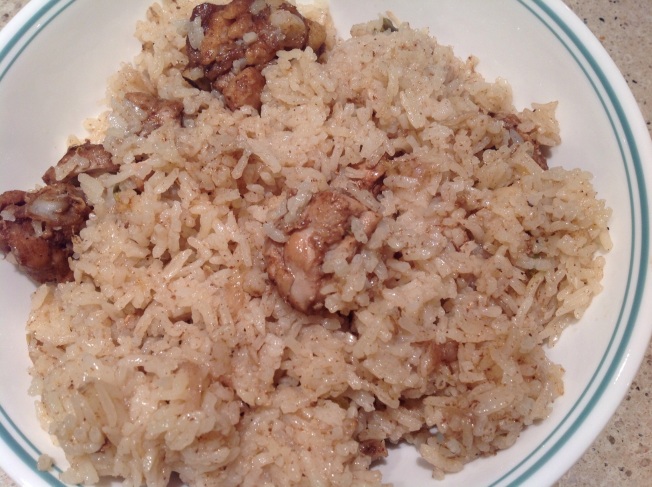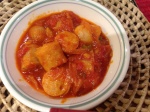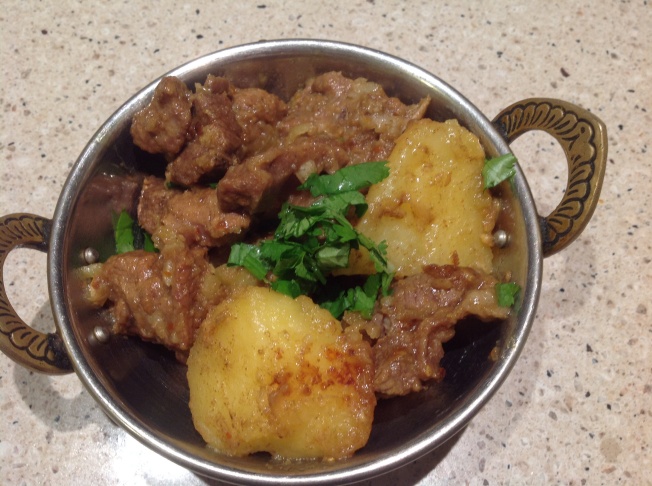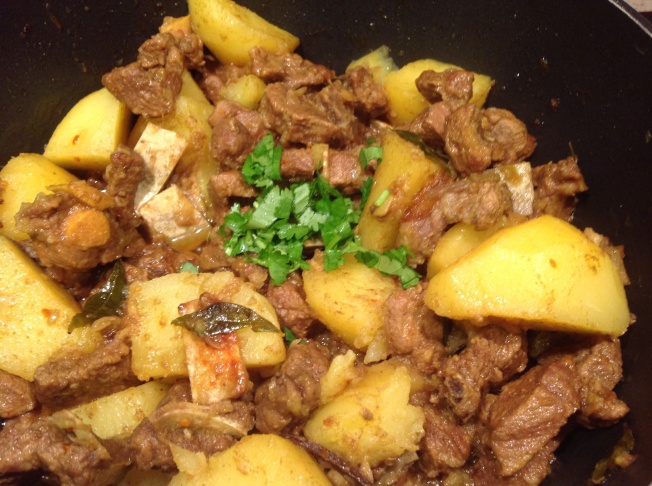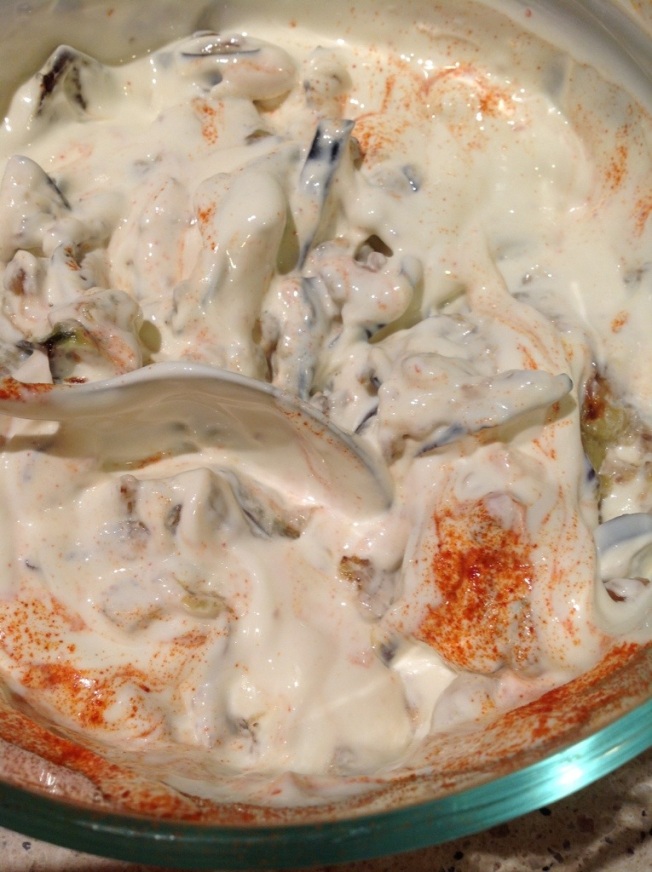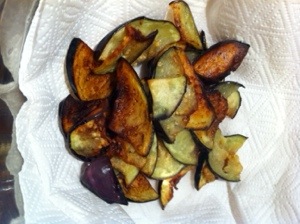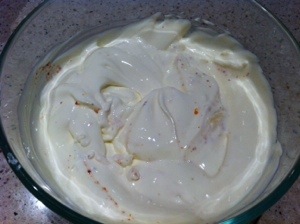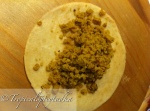
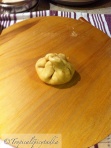
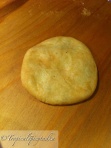
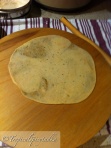 The dhal bhari roti one of my favourite dishes. Every time one of my aunty visits, I always request her to make this dish. I never learn how to make this dish from my mum so I did not have much faith in my cooking skill to produce this dish to his liking. But lucky for me I got this recipe from one of my aunties so I was pretty confident that I could make this with an ease. This is the best recipe that I have personally come across for Dhal Bhari Roti. The Dhal Bhari Roti in Fiji is only made in festive season such as Diwali, Holi or on a special occasion such as wedding. The process for making this is time consuming but this dish is not hard to make. I have presented this dish in three steps so it is easy to follow and make.
The dhal bhari roti one of my favourite dishes. Every time one of my aunty visits, I always request her to make this dish. I never learn how to make this dish from my mum so I did not have much faith in my cooking skill to produce this dish to his liking. But lucky for me I got this recipe from one of my aunties so I was pretty confident that I could make this with an ease. This is the best recipe that I have personally come across for Dhal Bhari Roti. The Dhal Bhari Roti in Fiji is only made in festive season such as Diwali, Holi or on a special occasion such as wedding. The process for making this is time consuming but this dish is not hard to make. I have presented this dish in three steps so it is easy to follow and make.
Step one
1 cup Channa Dhal (chickpea lentils) or Split Peas
1 tspn salt
1/2 tspn Turmeric
2-3 cups water
Method
Boil the dhal with salt and turmeric until fully cooked but it should not become too mushy. The dhal should be still be in solid form but when pressed it should break easily. Once the dhal is cooked to the desired form, strain the dhal and set it aside to cool.
Step 2
For Tempering
8-10 Garlic Cloves
A handful Tejpatti (Curry Leaves)
1 finely chopped Onion
1/2 tspn Turmeric
1 tspn Jeera (cummins)
1 tspn Jeera (to be roasted dry, grounded and added to the dhal in the final step)
1 tspn Masala (brown Fiji curry powder)
1 tspn Sarso (black mustard seeds)
2 tblspn Ghee (Clarified butter) or vegetable oil
Method
Heat ghee in a wok or pan. When the ghee is hot add jeera and sarso seeds, let it temper for a while, then add finely sliced onions, chopped garlic and two whole pieces of garlic, tejapatti leaves, fry these until golden in colour and then add turmeric and masala, fry for another 2-3 minutes and add dhal. Fry the dhal well and turn the stove off. Let the dhal mixture cool down completely and then grind it in a food processor until it is fine like a powder consistency. Set this aside. Now dry roast Jeera, ground it and add to the dhal mixture. Taste the dhal mixture for salt and add more salt if required.
Step 3
1-2 cup wheat flour or plain flour wheat blend like 60/40 mix
1 cup lukewarm water
1-2 tblspn oil
In a big bowl add flour, to this add oil and mix the flour and oil together by hand. To this gradually add water and make a soft dough. Take care not to make the dough too soft. Once the dough is formed apply oil to the dough and knead it further. Now heat a non stick frying pan and get your rolling board and pins out and ready to prepare the dhal bhari roti. Now take the dough the size of a small apple. Roll the dough out and put a tablespoon of powdered dhal mix on it. Now enclosed the rolled dough. Flatten the dough gently and apply some dry flour to it and gently roll it out to a size of a small pancake. Heat the non stick pan or Dosa tawa (grill). Once the pan is hot add the rolled roti, flip over the other side and apply ghee. The dhal bhari rotis taste really nice with extra dollop of ghee. Flip the roti over and apply more ghee. The roti should be ready in few seconds. Take care not to burn your rotis. Cook all the rotis in this way and have it hot with a slightly sweet black tea, pickles and vegetable curries.


